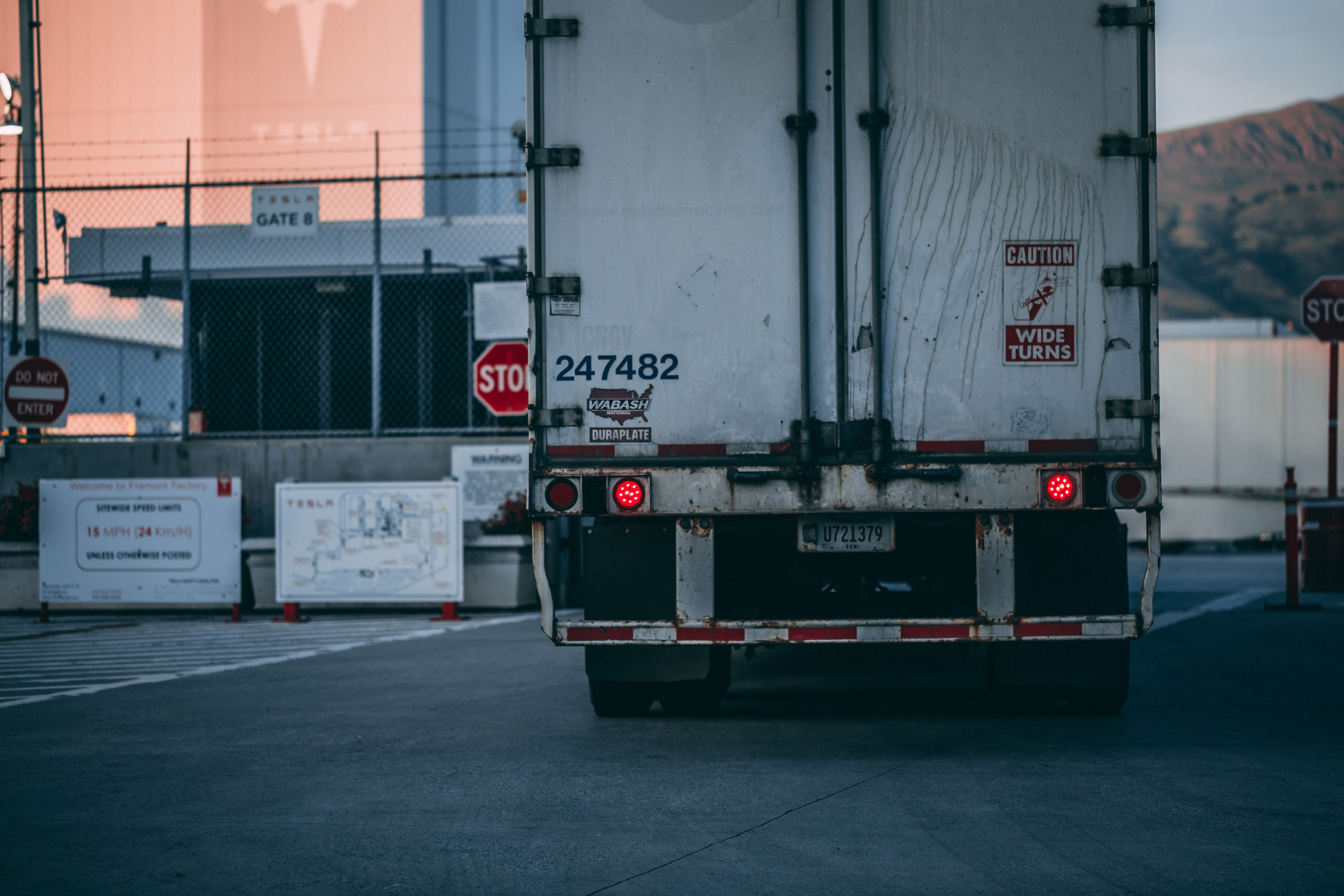
Lack of Industrial Space and The Serious Consequences for The Bay Area
Dec 13, 2021


Today, office vacancy throughout the Bay Area is on average at five percent. Planned office development is taking place in San Francisco, San Jose, and Oakland to meet the office market demands. Retail vacancy is also around six percent. We still see new retail projects underway, while larger retailers across the country continue to close their brick-and-mortar stores and try to find new ways to survive in the ecommerce marketplace.
However, the lowest vacancy factor in all available commercial real estate sectors is industrial. Today, the overall industrial vacancy rates are at around three percent. In industrial heavy markets like Hayward, the overall vacancy is under two percent. Yet, there are almost no industrial projects in progress to address.
As a commercial real estate firm, the highest requested space that we receive inquiries on is for 10,000-20,000 square feet of warehouse space in the Hayward market. Unfortunately, it simply does not exist.
Even more challenging is that our warehouse market overall is old and obsolete. For instance, in San Francisco, there has not been a large warehouse industrial project built since the 1980’s. Most of our warehouse stock was built before and during World War II to address the need of building navy ships. Most warehouse units are underpowered and cannot address the needs of today’s offices that are typically included with warehouse space. Today’s industrial space calls for power, sprinkler systems, high ceilings, and the ability to stack three-four palates on top of one another. Properties with this checklist are almost non-existent.
Why then do developers not build warehouse space? The first reason is leasing costs. Warehouse tenants often have a lot smaller budget to work with. Therefore, the cost to acquire land and make economic sense of the development is challenging. The second reason deals with return on investment for developers. Warehouse space requires access for large trucks and requires larger parking areas. This requires more common area land that developers need to include in their planning, which means they will need to buy land at a much lower cost to accommodate– which is not easy to find.
If we do not develop warehouse and industrial space, we will face even more congestion on our freeways, as trucks will have to venture farther away into the central valley to bring in goods to the Bay Area.
Zoning restrictions have been implemented in Bay Area cities, including San Francisco, to try to force development of more warehouse space. However, in the end, land is simply too expensive and the process to get a project up and running will take years since all projects must go through the planning process (typically up to two years from start date). Without a regional approach from our government officials to support our need for more warehouse and industrial property, we risk impeding our economic growth.
Photo Credit: raymondclarkeimages Flickr via Compfight cc
Written by: Hans Hansson [email protected]
Hans Hansson is President of Starboard Commercial Real Estate. Hans has been an active broker for over 35 years in the San Francisco Bay Area and specializes in office leasing and investments. If you have any questions or comments please email [email protected] or call him at (415) 765-6897. You may also check out his website, https://www.hanshansson.com